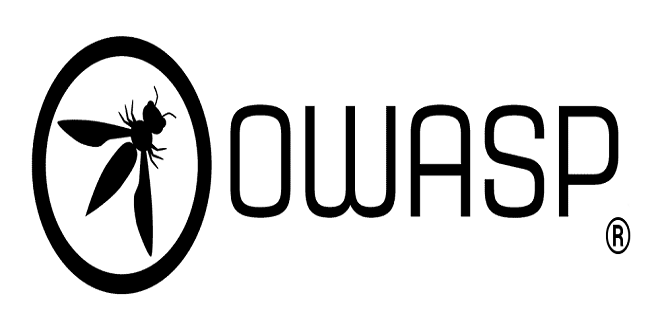
OWASP – The Open Web Security Project
Web application security is a topic we hear about every so often. With the increasing volume of attacks, more people are learning to keep their applications secure. But implementing security measures in web applications is no easy feat. It’s often difficult to know where the attack is coming from and how to best protect your sensitive data. In this blog post, you’ll learn what OWASP stands for and why you should care if your website isn’t up-to-date with the latest and greatest security standards. You’ll also get an overview of the most critical areas of vulnerability research and the best practices that you should adopt if you don’t want to lose revenue or face legal action from a disgruntled client because of insecure code on your website.
What is OWASP?
The Open Web Application Security Project, or OWASP mobile security Testing, is an international community of developers and researchers working on best practices for web application security. The project was established in 1999 with the goal of educating the developer community and raising awareness of the need for protection on the web.
OWasp was created by developers who were tired of being “held responsible for the security of others.” Traditionally, the responsibility for web application security has been limited to the developers themselves—they’ve taken the “doors open” approach of encouraging developers to write secure code but not actually holding them accountable for the results. OWASP is working to change this by creating a standards-based approach to web application security. The project has a three-tiered approach to achieve this:
OWASP Top-down—In this top-down approach, the foundation for safe code is laid down by the most well-known bodies of work in an effort to provide the most security-conscious developers with the most guidance. OWASP Bottom-up—In this bottom-up approach, individual developers use the best practices to strengthen their security through experience and self-education.
Why Should You Care About Web Application Security?
The internet has enabled us to access vast amounts of information in ways we never could have imagined. Whether you’re a computer scientist, an IT professional, a business owner, a student, an employee, or a government official, your data is permanent. Your digital footprint can be traced back to you and your organization if you don’t take precautions. If a hacker gains access to your computer network or access to your website, then your data is almost certainly at risk. The OWASP Top-down approach to web application security is the foundation for all other best practices in the project. T
he Top-down approach requires the developer community to focus on the “big 5” security vulnerabilities (i.e. those that can be used to hack into your website) before moving on to other, more specific vulnerabilities. The Bottom-up approach to web application security is what individual developers use to strengthen their security through experience and self-education. The following are some of the best practices you should follow.
What Are the Most Important Areas of Vulnerability Research?
The most important areas of vulnerability research for any website are system security and data security. In the context of web application security, these are generally referred to as “system vulnerabilities” and “data vulnerabilities”, respectively. Most successful web application security breaches involve at least one system vulnerability and one or more data vulnerabilities. A hacker may also try to breach your system security first in an effort to infiltrate your data storage mechanism. Vulnerability researchers tend to look for issues in areas that are frequently targeted by hackers. For example, they may look for weak spots in your code that can be used for infiltration and takeover. Typically, they look for vulnerabilities in widely-used software such as web browser software, operating system functions, and databases. They may also look for issues in custom software or applications that you create.
The Benefits of Adopting Best Practices
There are many benefits to adopting best practices in web application security. The following are some of the most significant ones:
Increased Confidence in Code: Adhering to best practices results in code that are more confident in the decisions it makes. It’s more likely to avoid trying to do things in an overly complicated or unsafe way. As a result, hacked websites will likely look more like the websites of secure applications.
Improved Supportability: Adhering to best practices helps you improve the supportability of your code. You don’t want accidentally exposed data to be sent to a third-party database, for example—that could cause major damage. By following best practices, you reduce the risk of this occurring.
Improved Scalability: The more scalable your application is, the less likely a hacker will be able to breach your system and your data simultaneously. If the need ever arises, the attacker will face a steep battle—least of all against a determined and skilled team of hackers.
Improved Privacy: You should also consider the privacy issues raised by best practices. In many cases, data should be stored in an encrypted format and not be accessible to third parties. When you use the latest and greatest browser security update, your data is likely stored in an encrypted format.
Conclusion
Remember, the more secure your website is, the less likely you are to be the victim of an attack. While it’s important to stay current on the latest and greatest practices for web application security, you should also be conscious of the risks and take necessary precautions before making any changes to your code. Finally, remember to reward good code! Code that is secure and follows best practices is more likely to be accepted and used by clients and peers. When someone praises your code, you should be able to take that as a sign that you did a good job. That’s all you need to know about web application security. The next step is to make sure your code follows these best practices. You can use the techniques above to get started. You will get the best mobile security deals from Appealing




